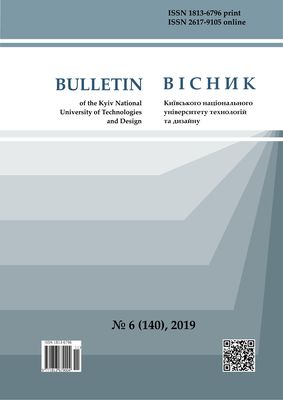The Study of the Processes of Hydrogen Formation and Accumulation by Ab5-Type Alloys Upon the Contact Charge with a Zinc Electrode
DOI:
https://doi.org/10.30857/1813-6796.2019.6.12Keywords:
electrochemistry, hydrogen production, hydrogen storage, hydrogen storage alloysAbstract
The purpose of the work was to determine the optimal composition of hydrogen storage alloy AB5-type for the efficient hydrogen production and accumulation upon the contact charge with a zinc anode. The structure and phase composition of the alloys, which were obtained using argon arc melting, were studied using x-ray phase analysis. To conduct electrochemical studies, composite electrodes were made from a mixture of alloy powder (d <40 μm) and copper (99.9% purity) in a ratio of 1 to 3. Electrochemical properties were studied using voltammetry, chronopotentiometry and chronoamperometry in a standard three-electrode cell with a Pt (or Zn) counter electrode and a mercury oxide (Hg / HgO) reference electrode . Hydrogen capacity of the alloys was examined by galvanostatic cycling using 100 mA•h-1 current. A comparative analysis of the contact charge efficiency of electrodes made of hydrogen-absorbing alloys of AB5 alloys paired with a Zn anode was carried out. First of all, we investigated the fundamental possibility and efficiency of a charge in this way of an electrode made using the initial LaNi5 alloy. It was shown that for LaNi5-xMx alloys (where M is Co, Al, Mn), the electrochemical and sorption properties substantially depend on the nature and amount of the substituent. Based on the research results, a multicomponent alloy MmNi3.6Co0.7Mn0.3Al0.4 was obtained and it was shown that it has good abilities and can be used for contact hydrogen production. The method of contact charge (internal electrolysis) has been first used to obtain hydrogen by AB5-type intermetallic alloys. We have shown the dependence of the alloy composition on the efficiency of such a charge method. A new method of producing and storing hydrogen is proposed, which does not require an electric energy source. This method can be used for backup or emergency charging of nickel-metal hydride batteries. The high purity of the resulting hydrogen allows it to be used for fuel cells or chemical synthesis.

